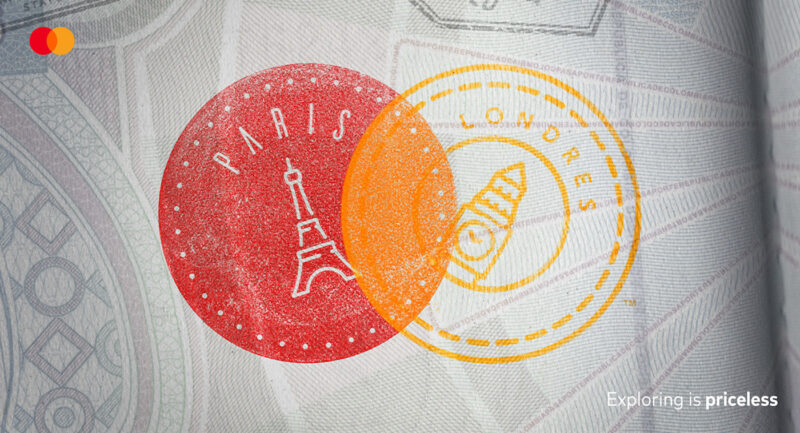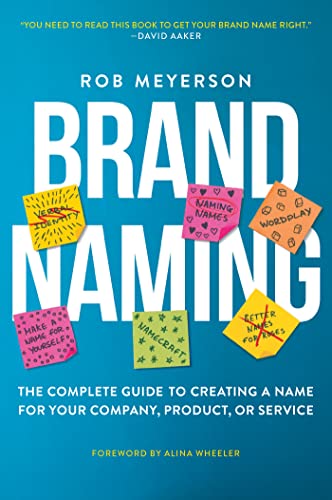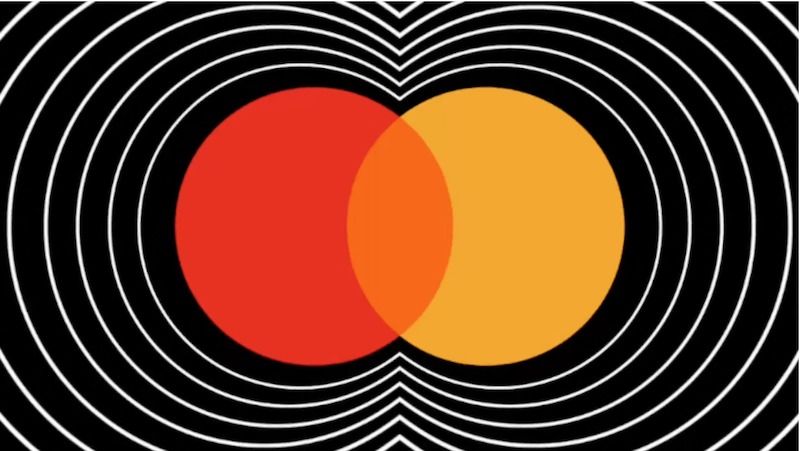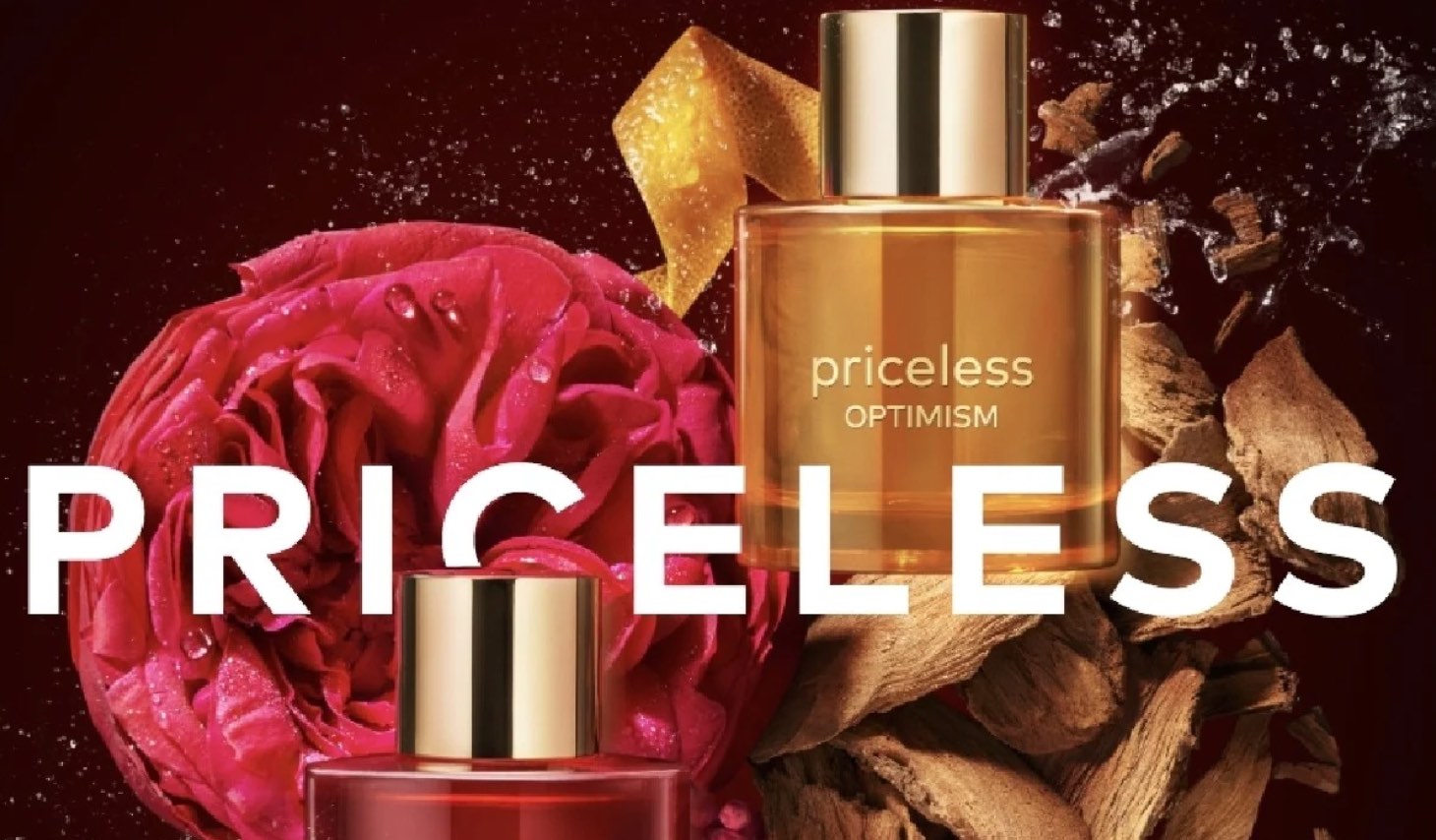
A recent article by Faris Yakob on successful advertising, struck me as a very strong argument for the power of the senses and symbolism (through metaphor) in advertising. Faris’s article references an academic review of 200 award winning commercials, categorizing almost 90% of them into six categories or “formulas”.
Referencing other research that shows that award winning ads have 11 times the effectiveness of non-award winners, he argues that the templates they share area a proxy for formulas for winning creative development. The authors of the paper repeated the exercise for non-winning ads and found that less than 5% fitted the same formulas.
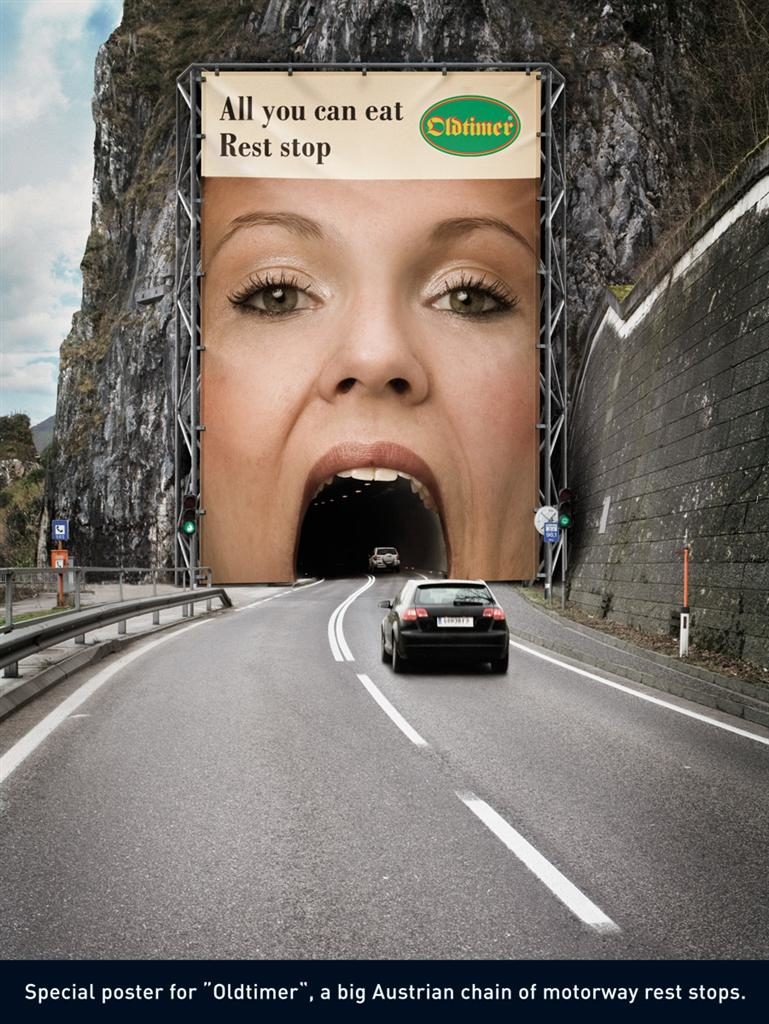
The six winning formulas are:
- Extreme consequences, where the impact of a brand is exaggerated for effect
- Pictorial analogy, or visual metaphor
- Extreme situations
- Competition, or comparisons with other brands
- Interactive experiments, where you can see the product working
- Dimensional alteration, in which one product/ experiential parameter gets altered such as time or size
What strikes me about all of these is that they all rely on invoking sensory experience, either directly through the physical world or the features of a product or through some form of metaphor or analogy, where the attributes of one product are transferred to another place/time/experience/product.
This is a great reminder of the importance of understanding sense, symbol and story in creating winning creative. The senses and metaphors are very powerful ways to invoke the benefits of a particular product, because:
- They are easy to relate to (most of our knowledge is experience)
- They create similar mental and physical responses to the experiences themselves
- In doing this, they directly trigger emotional responses
- These approaches use our brain’s love of metaphor to help relate concepts and ideas back to real-life experience
Dan Hill has written more about this in About Face. The more brands can use the senses and symbolism to communicate the value of brands, the stronger the emotional response from the audience, because they can “feel” the experience for themselves.
The best way to sell brands is to sell and deliver sensory experiences.
REFERENCES
”The Six Templates of Successful Advertising” by Faris Yakob (https://medium.com/@faris/the-six-templates-of-successful-advertising-578acef347dc)
“The Fundamental Templates of Quality Ads” by Goldenberg, Mazursky & Solomon, Marketing Science, 18(3), 1999, 333-351
About Face: The secrets of emotionally effective advertising by Dan Hill
Brand esSense: Using sense, symbol and story to design brand identity by Neil Gains


